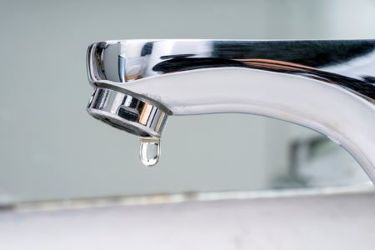Direct Potable Reuse Is Finally Getting The Support It Needs To Fight The Water Scarcity Problem


After years of undue consumer resistance, an innovative wastewater treatment practice is finally gaining the traction it needs to make a dent in the growing water scarcity crisis.
“Population growth and climate change are stretching America’s water supplies to the limit, and tapping new sources is becoming more difficult each year,” LA Progressive reported. “There is hope. Technology, specifically potable reuse, safely turns wastewater into drinking water. One form of this technology, direct potable reuse (DPR), introduces treated wastewater directly back into the existing water supply.”
Though the technology behind DPR has been embraced by drinking water and wastewater treatment professionals, it has not historically been popular with consumers or the officials who could facilitate expansion of the practice. But now, with drought leaving little choice, DPR is on the rise.
“This approach can be cheaper, quicker, and more efficient than many other options to sustain and expand water supply,” according to LA Progressive. “Despite this reality, U.S. states were once reluctant to introduce DPR, but this method has been gaining momentum as a legitimate, worthwhile, and potentially imperative solution to water supply problems.”
But even with DPR acceptance trending in the right direction, and the need for new water supplies growing every day, there are consumer-based hurdles still to be overcome. While treatment professionals, and now regulators, approve of the process, much of the public will still have to be convinced.
“Despite the fact that water reuse, at the highest level, is a time-tested practice and newfangled direct potable reuse systems employ a rigorous purification process, people are still skeptical,” per KUNC. “People said they would use recycled water to water their lawns. They were okay with using it to refill toilets, even for washing clothes and dishes. But they gave some pause at the prospect of drinking it.”
Ultimately, it appears that the stubborn “ick factor” associated with DPR will be no match for the practice’s efficiency and growing importance. Sooner or later, those factors will win out.
“The efficacy of direct potable reuse is not up for debate,” KUNC reported. “The science supports it as completely safe for the health of those who drink it.”
To read more about how DPR is growing as a solution to water scarcity, visit Water Online’s Water Reuse Solutions Center.
